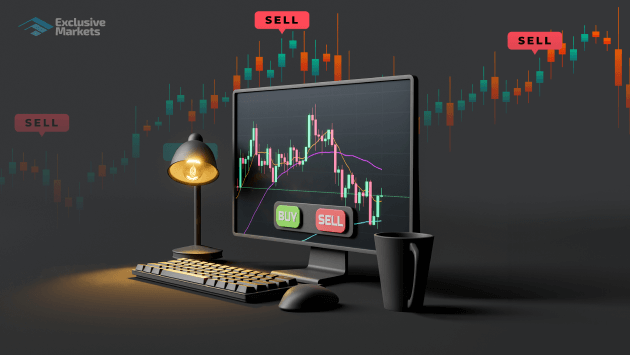
Forex exchange trading, also known as foreign exchange trading or currency trading, has gained immense popularity over the past decade. This financial domain enables individuals and institutions to buy, sell, and exchange currencies, contributing to the fluidity and efficiency of the global economy. For those interested in venturing into this dynamic market, understanding its fundamental principles is essential. If you’re looking for resources and tools to enhance your trading experience, forex exchange trading trading-terminal.com offers a wealth of information and supportive tools to help you on your journey.
**What is Forex Exchange Trading?**
At its core, forex exchange trading is the process of converting one currency into another at an agreed-upon price. The market operates 24 hours a day, five days a week, and is decentralized, meaning that there is no central exchange where transactions occur. Instead, trading takes place between a network of banks, brokers, and individual traders over electronic communication networks (ECNs).
The foreign exchange market is the largest and most liquid financial market in the world, with a daily trading volume exceeding $6 trillion. This vastness allows for significant flexibility and opportunity for speculative trading, investment, and hedging against international currency fluctuations.
**Key Concepts in Forex Trading**
To effectively engage in forex trading, it’s imperative to understand several key concepts such as currency pairs, pips, and leverage.
*Currency Pairs:* Forex trading is always done in pairs. Each currency pair consists of a base currency and a quote currency. The first currency is the base currency, and the second is the quote currency. For example, in the currency pair EUR/USD, the euro (EUR) is the base currency, while the US dollar (USD) is the quote currency.
*Pips:* A pip (percentage in point) is the smallest price move that a given exchange rate can make based on market convention. For most currency pairs, a pip is typically the fourth decimal place. For example, if the EUR/USD pair moves from 1.1000 to 1.1001, that 0.0001 USD rise represents one pip.
*Leverage:* Leverage allows traders to control larger positions than the amount of capital they actually have. For example, if a broker offers a leverage of 100:1, a trader can control a $100,000 position with just $1,000. While leverage can magnify profits, it also increases the potential risk of loss.

**Popular Trading Strategies**
Traders use various strategies to capitalize on forex market movements. Here are a few popular approaches:
*Day Trading:* This strategy involves opening and closing positions within the same trading day, aiming to profit from short-term price fluctuations.
*Swing Trading:* Swing traders hold onto positions for several days or weeks, seeking to profit from expected upward or downward market shifts.
*Scalping:* Scalping is a high-frequency trading strategy where traders look to make small profits from minor price changes over very short time frames, often executing dozens of trades within a day.
**Market Analysis Techniques**
Effective forex trading relies not only on a solid strategy but also on thorough market analysis. Two primary forms of analysis are commonly used:
*Technical Analysis:* This method involves analyzing historical price charts and using various indicators, such as moving averages, Relative Strength Index (RSI), and Fibonacci levels, to predict future price movements based on past patterns.
*Fundamental Analysis:* Fundamental analysis focuses on economic indicators, geopolitical events, and other macroeconomic factors that could affect currency valuations. Traders may consider interest rates, inflation, and employment figures when making trading decisions.

**Risks and Challenges**
While forex trading can be lucrative, it also carries substantial risks. Due to the high volatility of currency pairs and the leverage involved, traders can experience significant losses in a short amount of time. Risk management is crucial, and traders should utilize techniques such as setting stop-loss orders and only risking a small percentage of their trading capital on any single trade.
**Choosing a Broker**
Selecting a reliable forex broker is fundamental to ensuring a successful trading experience. Key factors to consider when choosing a broker include:
*Regulation:* Ensure that the broker is regulated by a reputable financial authority.
*Trading Platform:* The trading platform should be user-friendly, secure, and provide access to necessary trading tools.
*Customer Service:* Good customer support is essential, especially for new traders who may need assistance.
**Final Thoughts**
Forex exchange trading offers a fascinating avenue for financial growth and investment. However, it is not without its challenges. Success in forex trading requires knowledge, practice, and a disciplined approach. Beginners should take the time to educate themselves about market conditions, develop solid trading strategies, and start with a demo account to practice without the risk of real losses. As you embark on your trading journey, remember to stay updated with the latest market news and trends, adapting your strategies as necessary to navigate this ever-evolving landscape. For tools and resources to help you with your forex trading journey, be sure to explore trading-terminal.com.

